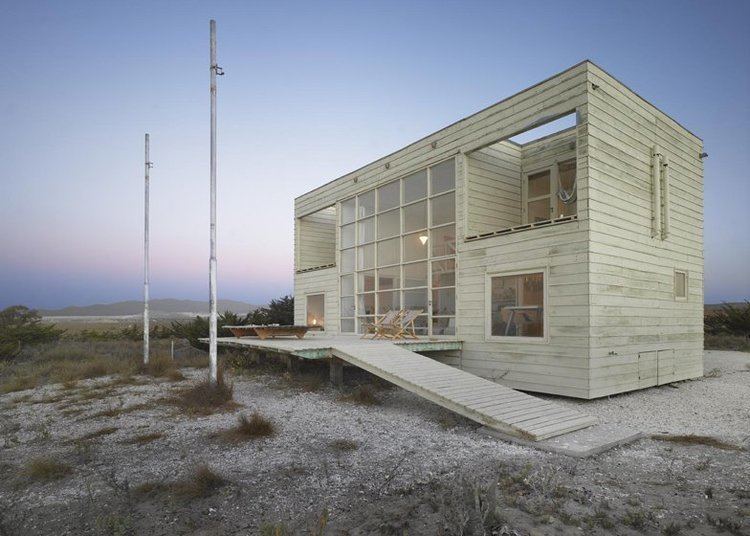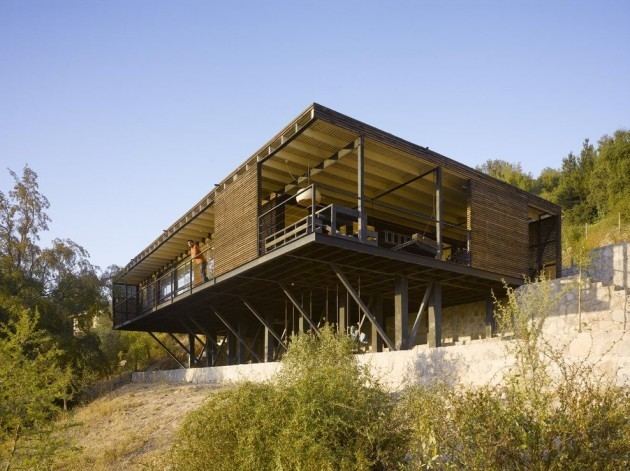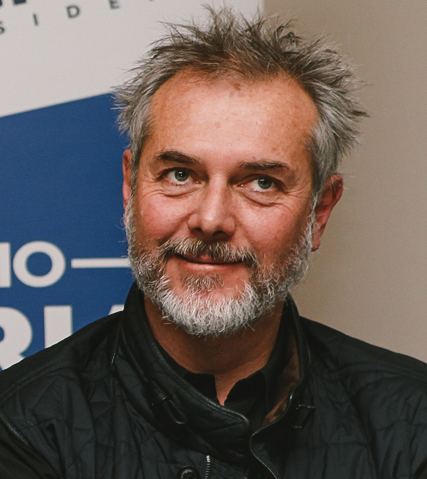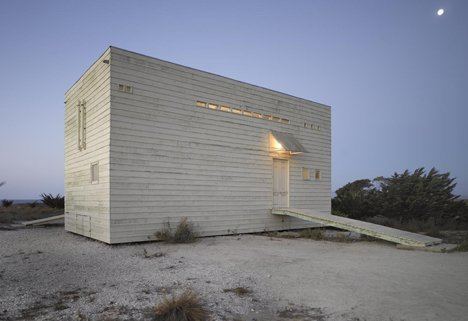Name Matthias Klotz | Role Architect | |
 | ||
Education Pontifical Catholic University of Chile | ||
Matthias Klotz (1653–1743) was a member of the Klotz family of violin makers that flourished in Mittenwald, Germany as early as 1683.
Contents

Overview

Matthias Klotz with variations of spelling: Mathias Khlotz, Khloz, Cloz), was baptized on June 11, 1653 in Mittenwald´s St. Peter and Paul Catholic church. Son of Urban Klotz (Vrbanus Cloz, 1627–1691), a tailor and his wife Sophia (?-1681). He died in Mittenwald at age 90 on August 16, 1743 as a highly respected man – in Mittenwald documents he was repeatedly described as a world-renowned lute and violin maker – and is buried in the cemetery of the St. Nikolaus Church.
Early education

Mathias Klotz became interested in music and instruments at early childhood. At the age of 12 in the years 1672 - 1678 took apprenticeship with master Giovanni Railich (Johann Railich), an Italian lute maker at Bottega di Lautaro al Santo in Padua, Italy. In 1683 Klotz, a skilled lute and violin maker returned prosperous to Mittenwald and established his own workshop.
Style of craftsmanship

Matthias Klotz did not really build his instruments according to the classical Italian style but rather made them similar to those of masters from Fussen (a town in Bavaria) and Swabia (Southern Germany). Certain elements of his violins reflect the style of the Tyrolean master luthier Jacob Stainer.
Memorial
A bronze statue of Klotz, in tribute as a violin making of Mittenwald, stands in front of Mittenwald's landmark St. Peter and Paul's Church at the mouth of the narrow street leading to the Violin-Making Museum (Geigenbaumuseum).
